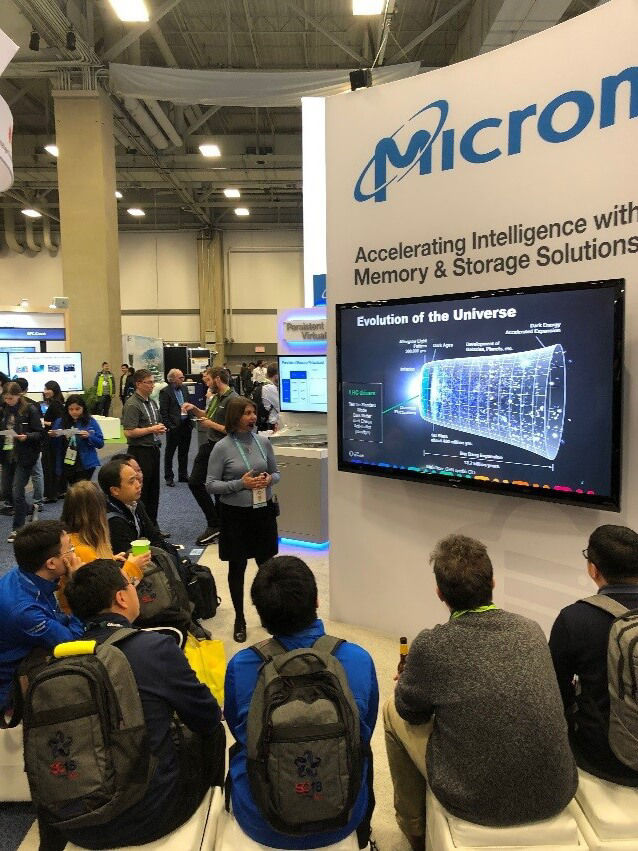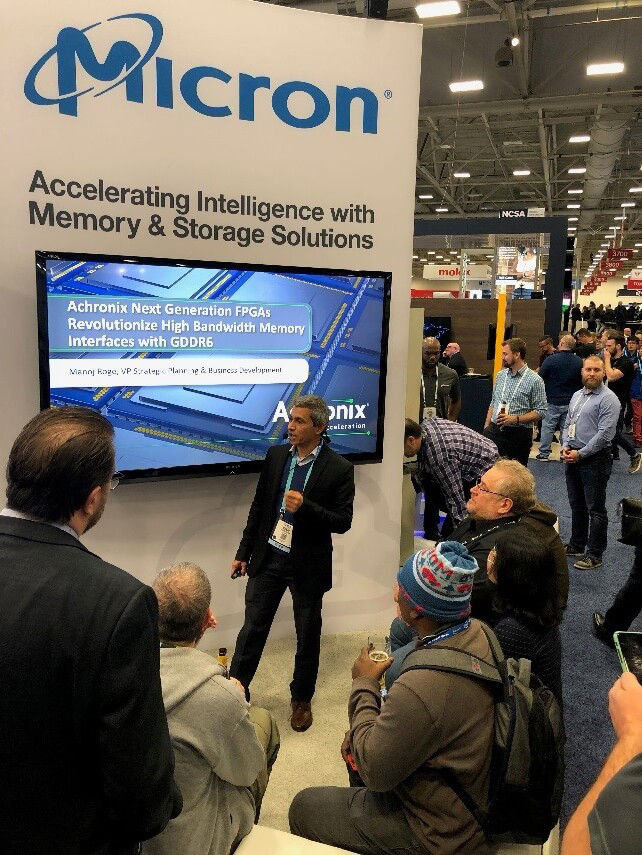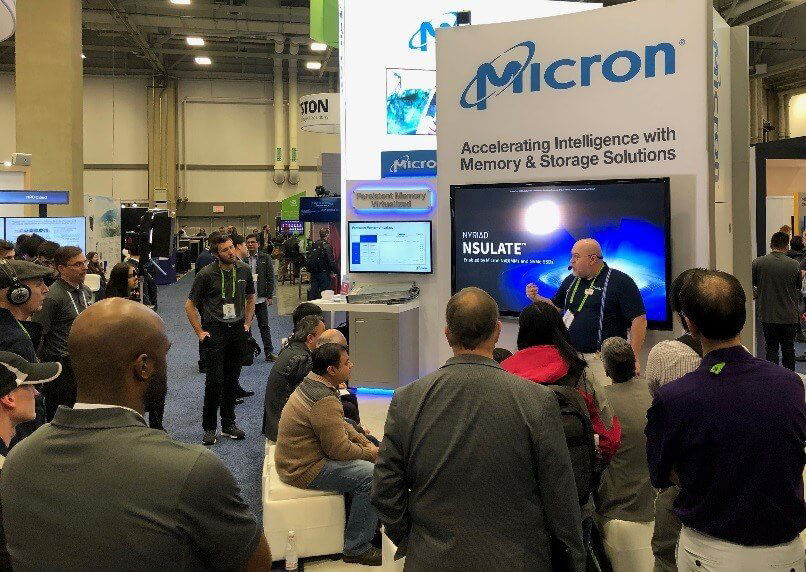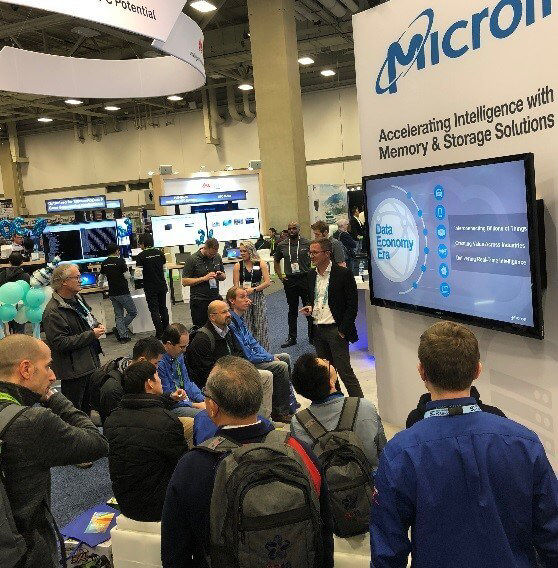I always love this time of year. Many would agree as we are approaching the holidays, but I like this time of year for the technical achievements and examples of moving forward with high performance systems as demonstrated at Super Computing 2018 (SC18). It’s a neural network (NN) wrap up - explosive machine learning (ML) opening to the deep learning (DL) experience with the artificial intelligence (AI) cleanup afterward. SC18 was full of interesting insights predicting and demonstrating where high performance systems are heading.
In the NEWS
Micron kicked off SC18 with two press releases: The first press release, “Micron Joins CERN openlab, Bringing New Machine Learning Capabilities to Advance Science and Research,” focused on the new project engagement with CERN openlab where Micron will leverage developed AI solutions {ACS solutions}to find valuable information from petabytes of data for the research community. The second press release, “Micron and Achronix Deliver Next-Generation FPGAs Powered by High-Performance GDDR6 Memory for Machine Learning Applications," identified the adoption of GDDR6 in AI applications with FPGA’s from Achronix on their 7nm node architectures.
 Maria Girone, CTO at CERN openlab
Maria Girone, CTO at CERN openlab
 Manoj Roge, VP at Achronix
Manoj Roge, VP at Achronix
Excitement in the Micron Booth
In case you missed it, there were over 30 presentations in the Micron booth. This included thought leadership presentations from CERN Openlab, @AMD, Dell, Achronix, NYRIAD, AMAX, @PenguinHPC, Advantech, One Convergence and, of course, Micron. Topics ranged in coverage from “How AI is affecting the architecture revolution to enable ML/DL” to new enabled solutions that include latest technology of QLC storage and high performance GDDR6 memory.
The conversations were awesome. Collaborating with Data science researchers, enabling the next gen FPGA’s with high-performing memory, and engaging with ecosystem partners in the Micron booth to bring awareness about the critical role memory and storage plays in AI systems.
 Alex St. John, CTO at Nyriad Storage
Alex St. John, CTO at Nyriad Storage
On the Stage: In the exhibitor forum presentations, Andreas Schlapka, Micron Director of Strategic Marketing in the Compute and Network business unit, outlined the opportunities for many Micron memory & storage options in both training and inference AI applications. Demonstrating the need for choices in memory and storage for AI for deployment from Data Center to the Edge. This begs the questions from the audience, “does the memory bandwidth wall still exists?” which leaves opportunities for new system solutions between compute and memory.
 Dr. Andreas Schlapka, Strategic Marketing Director at Micron
Dr. Andreas Schlapka, Strategic Marketing Director at Micron
Mark Hur Director in Micron’s Advanced Compute Solutions group provided the background on a series of machine learning solutions developed to enable applications in AI. These cards with IP enable the flexibility of FPGA’s while leveraging common neural network programming and IP that is optimized for high performance memory bandwidth.
Demonstrating AI
The Micron booth was alive with demonstrations, including “accelerated display with GPU controller for NVMe” from NYRIAD, where GPU enabled system executing the 4K video feed going from 30fps and when you turn off the governor, ramped up to 1500fps – entertaining video in fast mode. The “Persistent memory virtualized” performance example from Micron, “ML infused style transform” using Micron’s ML solutions, “High Performance NVMe” with Advantech systems and even a very entertaining “AI Mood Detection” providing an EMOTICON display, letting you express yourself with emoji’s that indicate your mood. This was provided by an application running on the NVIDIA DGX workstation. I would summarize the demonstrations as informative and entertaining. Informative about how memory and storage are used in AI and very entertaining in their execution.
Evident from the SC18 wrap up, Micron is focused on transforming how the world uses information to enrich life. AI, ML and DL are indeed a big part of that focus. As we are early in the evolution of AI, we all have a lot of learning to do on how architectures from data center to edge will change to deliver the desired results. One thing we know is that it will take options in memory and storage to enable these solutions and Micron is up to the challenge to collaborate, innovate, and deliver.
